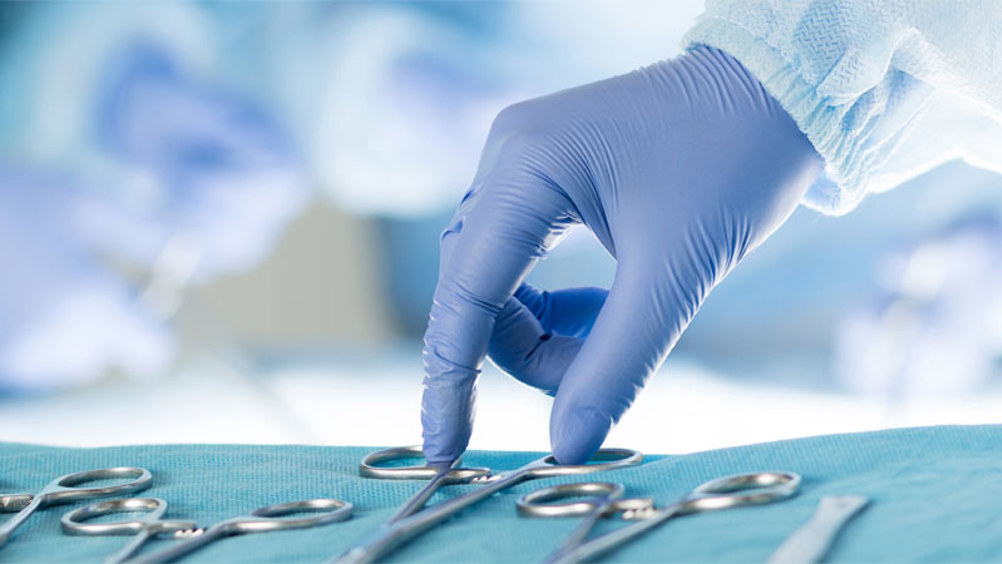References
Surgical site infections: preparation, technique and perioperative prevention

Abstract
All surgical procedures compromise the physical barrier of the skin, which can allow contamination with micro-organisms. Surgical site infections can be prevented through strict protocols and use of asepsis techniques before, during and after surgery. This includes the surgical equipment, instruments, environment and staff. In veterinary medicine, between 1.5% and 2.8% of surgeries result in the development of a surgical site infection. This article reviews factors contributing to the acquisition of a surgical site infection, including sterile surgery preparation and aseptic technique, in both the human and veterinary field, and considers changes which reduce the development of surgical site infections in veterinary practice.
All surgical procedures compromise the physical defensive barrier of the skin, which allows contamination, multiplication and proliferation of micro-organisms. Surgical site infections can be prevented by following strict protocols and aseptic techniques before, during and after surgery. This includes the surgical equipment, instruments, environment and staff (Melekwe et al, 2018). In human medicine, approximately 2% of surgeries result in the development of a surgical site infection; in veterinary medicine the rates are approximately 2.8% in dogs, 1.5% in cats and 1.6% in horses (Burgess, 2019).
This article reviews sterile surgery preparation and aseptic technique in both the human and veterinary field, considering changes which reduce surgical site infection in veterinary practice.
Translocation of endogenous microbial flora is the most common route of surgical site infection. Skin preparation and aseptic techniques aim to reduce or eliminate the growth of resident and transient flora at the wound site, thereby reducing the morbidity and mortality rates from surgical site infections (Fossum, 2018). In addition, the clean/clean-contaminated/contaminated/dirty status of the site of surgery is linked to the translocation of resident microbial flora as a result of surgical intervention (Billas et al, 2022).
Register now to continue reading
Thank you for visiting The Veterinary Nurse and reading some of our peer-reviewed content for veterinary professionals. To continue reading this article, please register today.

